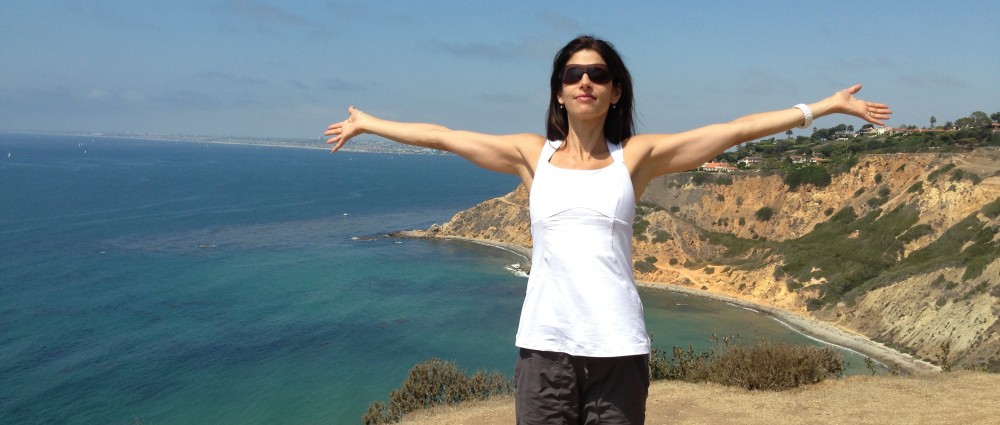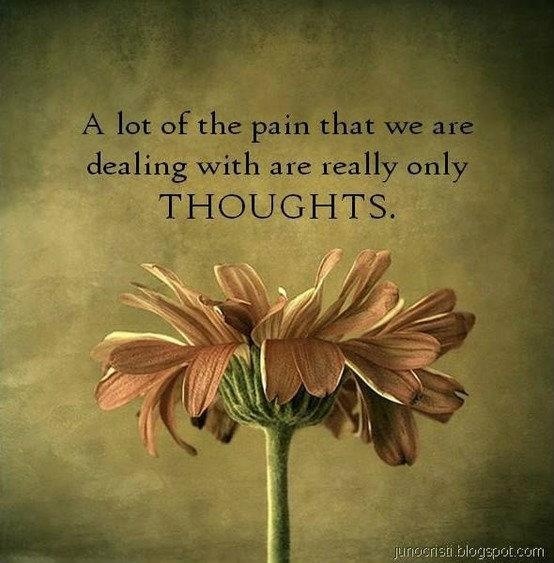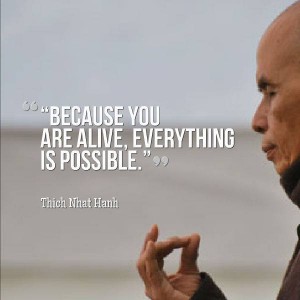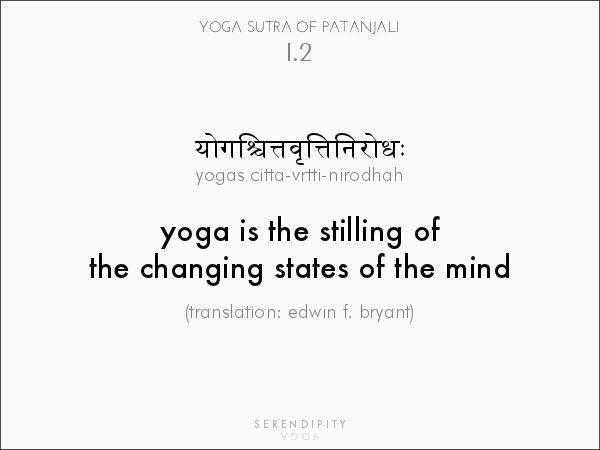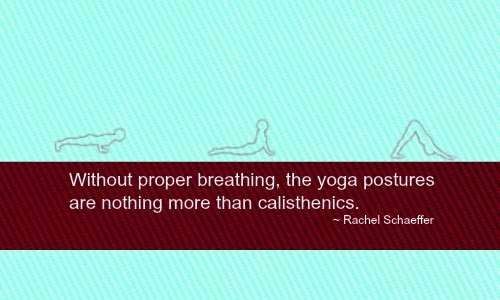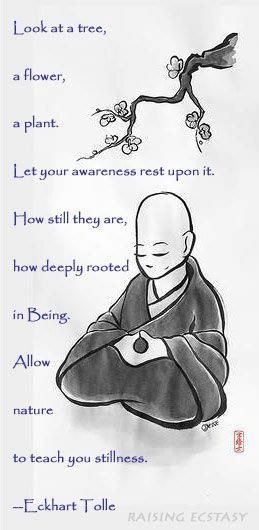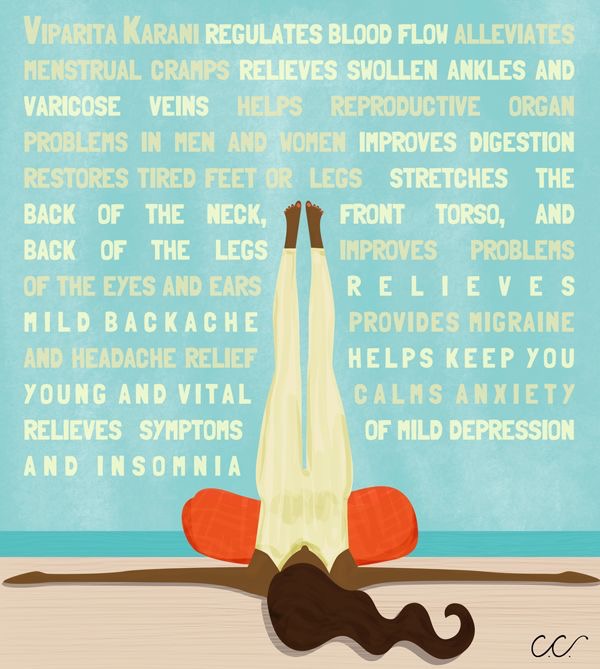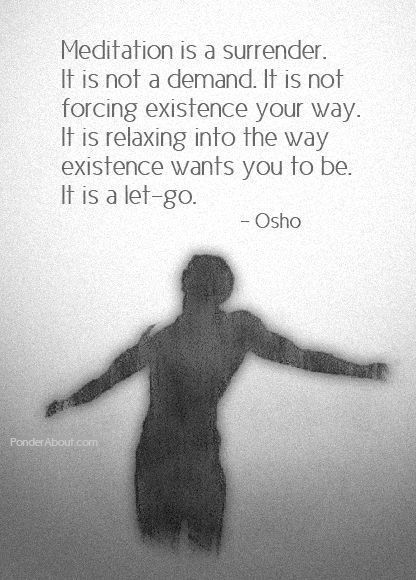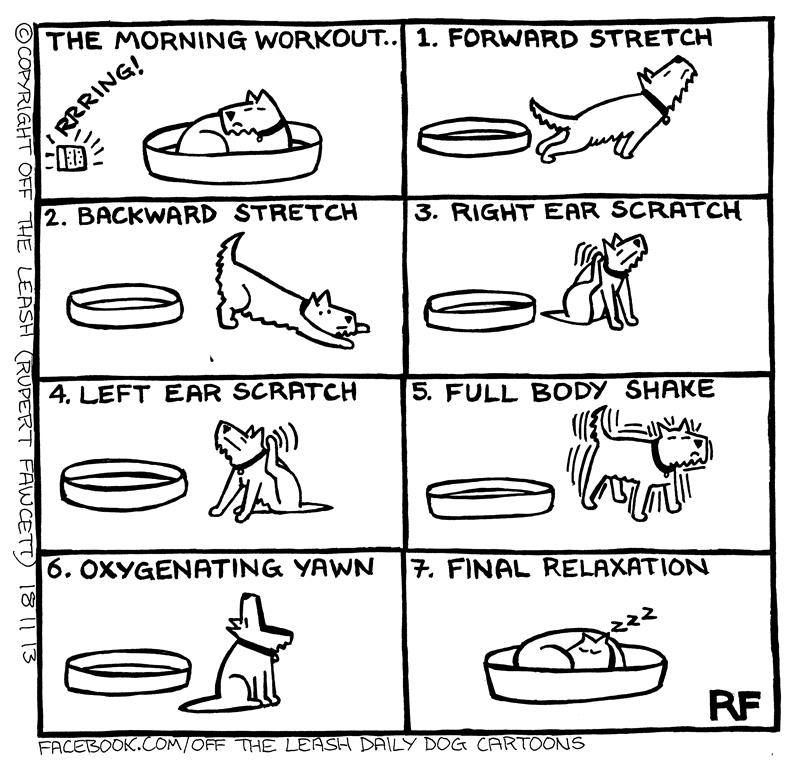yoga and pain management: “A lot of the pain that we are dealing with are really only thoughts” hmmm….
There is a growing body of evidence that yoga can help with chronic pain. Now, if you are actually in pain then hearing that your thoughts are causing it will probably frustrate you. However, you will be among an estimated 50 to 75 million Americans who are living with chronic pain, and to know that your mind is involved, may actually help move you to a better place. This does not mean that your experience of pain is not real, but, what it does involve is that the source of pain is not limited to where you think it starts from or where you are feeling it.
Chronic pain is a complex issue. Fortunately, when you think of it as a mind,body,spirit ‘issue’, then you can treat it from the toolbox of the yoga system, which will include restorative yoga, breathing practices, relaxation, and meditation.
The body basically detects pain through a sensing of incoming threat- which then stimulates and stresses certain nerves in the spinal column and then travels to the brain and becomes a message of suffering/anger/fear/ and other reactions. When pain becomes chronic, our nervous system has been taught already what will trigger pain, and it may be so sensitized and protective that it is like dialing 911 all the time. It can be exhausting on all levels.
There is more to it, but certainly, since our brains can learn, yoga does steer us to train the brain to turn on healing responses – for example, slowing down the exhale, watching thoughts, being poses that offer a chance for the nervous system to recuperate..
